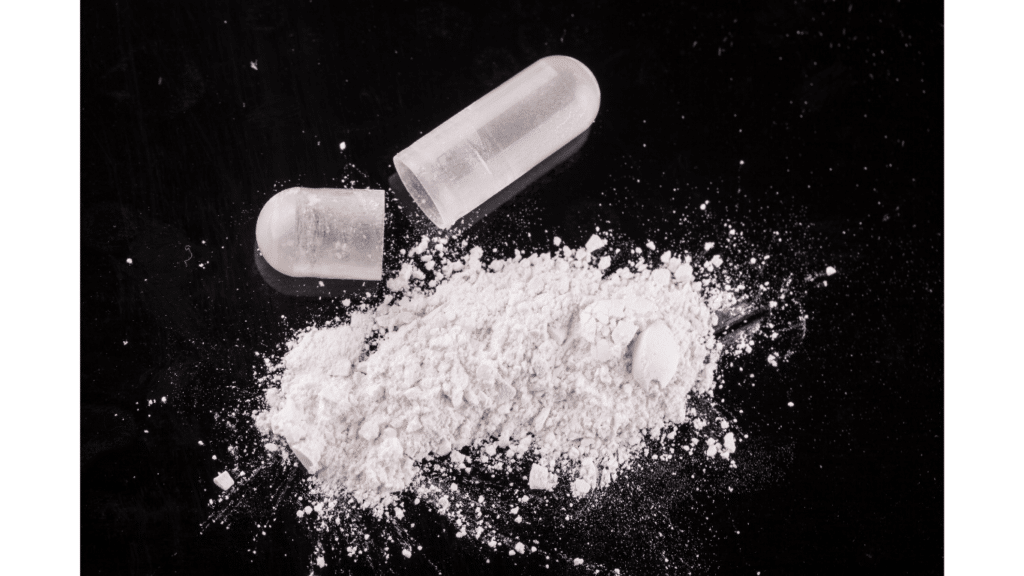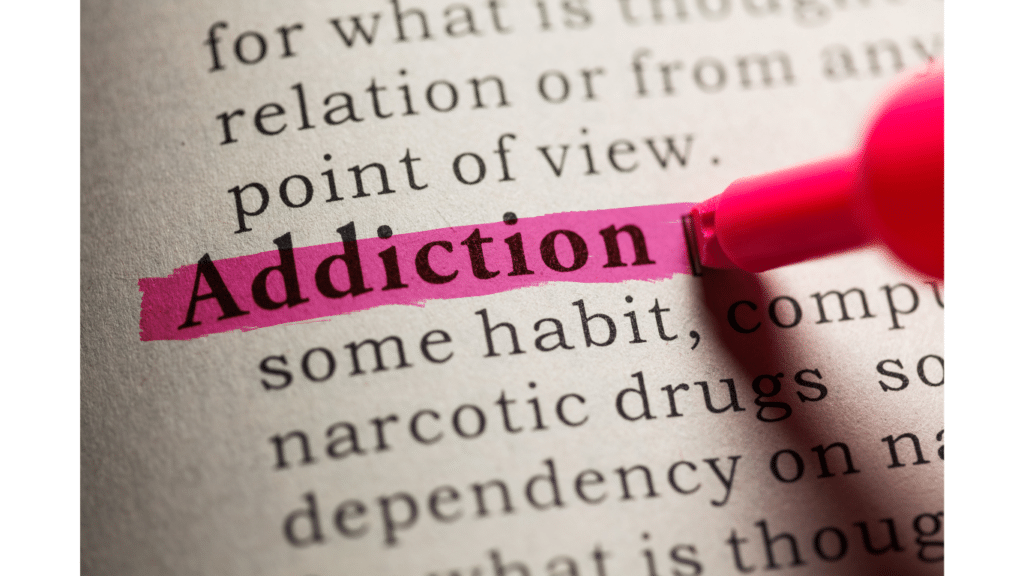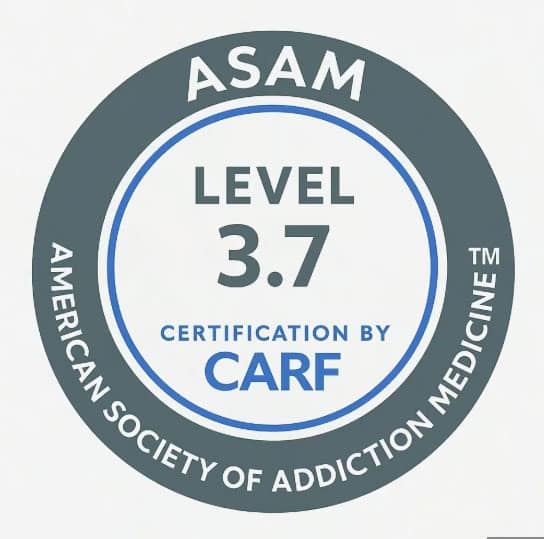Speak to an Admissions Specialist Today!
Call us at (888)-680-1356 or fill out a confidential form.
Cocaine can stay in your system for different lengths of time based on usage habits and individual factors. Crack cocaine, a solid crystal form that is smoked, has a rapid effect on the bloodstream. Typically, cocaine is detectable in blood for up to 48 hours, in urine for up to 4 days for light users and potentially up to 10 days for heavy users, in saliva for up to 3 days, and in hair for up to 90 days. This article explores how long does cocaine stay in your system, including these detection times in detail along with factors that can influence them.
Key Takeaways
- Cocaine detection times vary based on factors such as metabolism, frequency of use, and the method of ingestion, with blood tests providing the shortest detection window and hair tests the longest.
- Combining cocaine with substances like alcohol or opioids increases health risks and complicates detection times, necessitating careful consideration of usage patterns.
- Effective treatment for cocaine addiction involves a combination of behavioral therapies, medication-assisted treatment, and alternative therapies, tailored to individual needs.Executive treatment centers offer rehab programs tailored for high-performing professionals, providing a confidential and flexible environment that allows them to manage work responsibilities while undergoing treatment.
Understanding Cocaine

What is Cocaine?
Cocaine is a highly addictive and powerful stimulant drug that affects the central nervous system. Derived from the leaves of the coca plant, native to South America, cocaine comes in several forms, including powder, crack, and freebase. The coca plant is the only natural source of cocaine, and the drug is often referred to by street names such as “coke” or “snow.” As a Schedule II controlled substance, cocaine has a high potential for abuse and addiction, making it a significant concern in the realm of substance abuse.
Cocaine Use and Addiction
Cocaine use can quickly lead to a cocaine use disorder, commonly known as cocaine addiction. This serious and chronic disease is characterized by compulsive drug-seeking behavior and use, despite harmful consequences. Cocaine use can cause a range of physical and psychological effects, including increased energy, euphoria, heightened heart rate, and elevated blood pressure. However, the negative consequences of cocaine use are severe, including an increased risk of heart attack, stroke, respiratory problems, and mental health issues. Recognizing the signs of cocaine addiction and seeking timely addiction treatment is crucial for preventing long-term damage and promoting recovery.
Factors Influencing Cocaine Detection Times
Several factors influence how long cocaine remains detectable, with body composition and metabolism being key. Individuals with faster metabolisms usually eliminate cocaine more rapidly, whereas those with slower metabolic rates may retain the drug longer. Hydration levels also impact how quickly cocaine is cleared from the body; being well-hydrated can speed up this process.
Age, weight, overall health, and liver function also play crucial roles. Younger individuals with robust liver function and a healthy BMI may process cocaine more efficiently than older adults or those with health issues. Genetic factors and other personal traits can also greatly influence detection times, resulting in varied outcomes between individuals.
Frequency and quantity of cocaine use are crucial factors. Occasional users may have a short detection window, while heavy users can accumulate the drug and its metabolites, extending detection times. The purity of cocaine and the method of ingestion—snorted, smoked, or injected—also influence how quickly it is absorbed and metabolized, affecting detection times.
Cocaine Detection Times by Test Type
Drug testing for cocaine can employ various methods, each with different detection windows. Blood cocaine, urine, saliva, and hair tests all offer unique insights into cocaine use, including the results of a drug test and drug tests.
Each test type has its nuances, providing different detection windows for cocaine use.

Blood Tests
Blood tests can detect cocaine within minutes, making them effective for recent use, but their detection window typically lasts up to two days. This brief window means that blood tests are most useful for situations requiring immediate evidence of cocaine use.
Frequent use can extend detection times slightly, with heavy users having cocaine detectable in their blood longer than occasional users. Blood tests remain preferred for their accuracy in detecting recent use and how long it stays in your system.

Urine Tests
Urine tests are the most common method for detecting cocaine because they offer a longer detection window than blood tests. Cocaine is typically detectable in urine for up to four days, but this window can extend to ten days or more for heavy users. Long does cocaine stay in the system can vary based on usage patterns.
Techniques like liquid chromatography-tandem mass spectrometry enhance urine test reliability by detecting lower levels of cocaine metabolites. For light users, detection usually ranges from two to four days, highlighting the importance of considering individual usage patterns.
Saliva Tests
Saliva tests provide a convenient, non-invasive method to detect cocaine within minutes, similar to blood tests, but they generally have a detection window of two to three days.
Detection times in saliva tests can be influenced by dosage, frequency of use, and individual metabolism. Although saliva tests have shorter detection windows, they are valuable for their ease of use and quick results.
Hair Tests
Hair tests offer a historical record of cocaine use, detecting the drug for up to 90 days or longer, making them useful for assessing long-term use patterns.
However, hair tests cannot pinpoint the exact timing or frequency of use. They provide a broader perspective, indicating use over an extended period.
The Role of Cocaine Metabolism in Detection
Cocaine metabolism significantly affects detection. The liver metabolizes cocaine into various metabolites, primarily benzoylecgonine. Benzoylecgonine is crucial in drug testing, often found in urine at concentrations 50 to 100 times higher than cocaine.
Cocaine and its metabolites are cleared from the body more quickly than many other drugs, making rapid elimination a distinctive characteristic. Chronic use can cause metabolite buildup in the body, prolonging the detection window. The method of use—snorting, smoking, etc.—also affects how quickly cocaine is absorbed and metabolized.
The Impact of Usage Patterns on Detection Times
Usage patterns greatly impact detection times, with frequent drug use leading to longer detection windows due to drug accumulation. This can increase tolerance and potential addiction, as higher doses are needed for the same effects.
Chronic use can alter brain chemistry long-term, complicating addiction and detection further. Higher doses also extend detection times, making it essential to consider both frequency and quantity in understanding cocaine detection.
Combining Cocaine with Other Substances

Combining cocaine hydrochloride with other substances increases risks and complicates detection. For example, mixing cocaine with alcohol forms cocaethylene, a byproduct with prolonged and toxic effects.
Cocaine and Alcohol
When consumed with alcohol, cocaine is metabolized into cocaethylene, which has a longer duration and more potent effects, increasing the associated risks. Cocaethylene’s presence can extend cocaine detection times, complicating drug testing and recovery.
This combination heightens health risks, such as liver damage, seizures, and impaired immune function.
Cocaine and Other Drugs
Using cocaine with opioids creates a speedball, greatly increasing overdose risk. Mixing cocaine with amphetamines poses high risks of heart problems, severe anxiety, and paranoia.
Combining cocaine with cannabis can increase heart rate and anxiety, impairing judgment and coordination more than either drug alone. Overall, using cocaine with other substances heightens health risks and impairs functioning.
Strategies for Coping with Cravings

Coping with cravings during cocaine withdrawal is a critical component of the recovery process. Various strategies can be tailored to an individual’s needs to help manage these intense urges. Behavioral strategies, such as engaging in distraction techniques and regular exercise, can be highly effective in reducing cravings. Cognitive-behavioral approaches are also beneficial, as they help individuals reframe their thoughts about drug use and develop healthier coping mechanisms.
Medication-assisted treatment plays a vital role in reducing cravings and preventing relapse. Medications can help manage withdrawal symptoms and support long-term recovery. It is essential to consult with a qualified healthcare professional to develop a comprehensive treatment plan that addresses both the physical and psychological aspects of cocaine addiction. By combining behavioral strategies, cognitive-behavioral approaches, and medication-assisted treatment, individuals can navigate their recovery journey more effectively and achieve lasting sobriety.
Cocaine Addiction: Symptoms and Treatment Options

Cocaine addiction is a severe issue that needs comprehensive treatment for substance abuse. Symptoms include compulsive use, intense cravings, and significant mental health issues like mood swings and anxiety.
Effective treatment options encompass behavioral therapies, medication, and alternative therapies.
Behavioral Treatments
Cocaine addiction recovery often includes behavioral therapies like Cognitive Behavioral Therapy (CBT), Dialectical Behavior Therapy (DBT), and motivational interviewing. These therapies help individuals change their thinking and behavior patterns, which is crucial for overcoming addiction.
Other approaches, like aversion therapy and Acceptance and Commitment Therapy (ACT), focus on creating a dislike for cocaine use and developing psychological flexibility, respectively. These evidence-based methods are integral to addiction treatment.
Medication-Assisted Treatment
Medication is crucial in managing cocaine addiction, helping to reduce cravings and withdrawal symptoms. Commonly used medications include disulfiram, topiramate, and various antidepressants.
Research shows that medication-assisted treatment significantly boosts sustained recovery chances from cocaine addiction treatment.
Alternative Therapies
Alternative therapies address the emotional, psychological, and physical needs of those recovering from cocaine addiction. These include practices like yoga, mindfulness, art therapy, and music therapy, complementing traditional treatments and enhancing recovery outcomes.
Behavioral and medication-assisted treatments help individuals navigate their recovery journey, demonstrating the multifaceted approach needed for effective healing from cocaine addiction.
Ritz Recovery: Cocaine Addiction in Los Angeles
Ritz Recovery offers a comprehensive treatment approach addressing the physical, psychological, emotional, and social aspects of cocaine addiction in Los Angeles. Each recovery journey is tailored to individual circumstances, acknowledging the unique challenges each person faces.
Treatment at Ritz Recovery may involve behavioral therapies, medication, and alternative therapies like yoga and meditation. Professional help is crucial for overcoming cocaine addiction and achieving a healthier, substance-free life.
Summary
In summary, understanding cocaine detection times involves various factors, including individual body composition, usage patterns, and the method of drug testing. Blood, urine, saliva, and hair tests all offer unique insights into cocaine use, with differing detection windows.
Recovery from cocaine addiction is possible with the right treatment approach, combining behavioral therapies, medication, and alternative therapies. Institutions like Ritz Recovery provide comprehensive and personalized care, supporting individuals on their journey to a healthier, substance-free life. Embrace the opportunity for recovery and seek professional help to rebuild and reclaim your life.
Frequently Asked Questions
What factors influence the most suitable treatment for cocaine addiction?
The most suitable treatment for cocaine addiction is influenced by individual factors including age, health status, and personal history. Tailoring the approach to these elements is crucial for effective recovery.
What should someone do to find the appropriate treatment for cocaine addiction?
To find the appropriate treatment for cocaine addiction, consult a professional who can assess your situation and recommend effective options tailored to your needs. Seeking expert guidance is crucial for a successful recovery.
What is a significant problem associated with cocaine addiction?
Cocaine addiction leads to severe health risks, including heart problems, mental health issues, and increased risk of overdose, making it a critical concern for individuals and society alike. Addressing this addiction is essential to prevent its harmful effects.
What is crucial for someone facing cocaine addiction?
Seeking professional assistance is essential for overcoming cocaine addiction. It provides the necessary support and resources for effective recovery.
What can recovery from cocaine addiction allow individuals to do?
Recovery from cocaine addiction enables individuals to rebuild their lives and embrace a healthier, substance-free future. This transformation opens up new opportunities for personal growth and fulfilling relationships.








